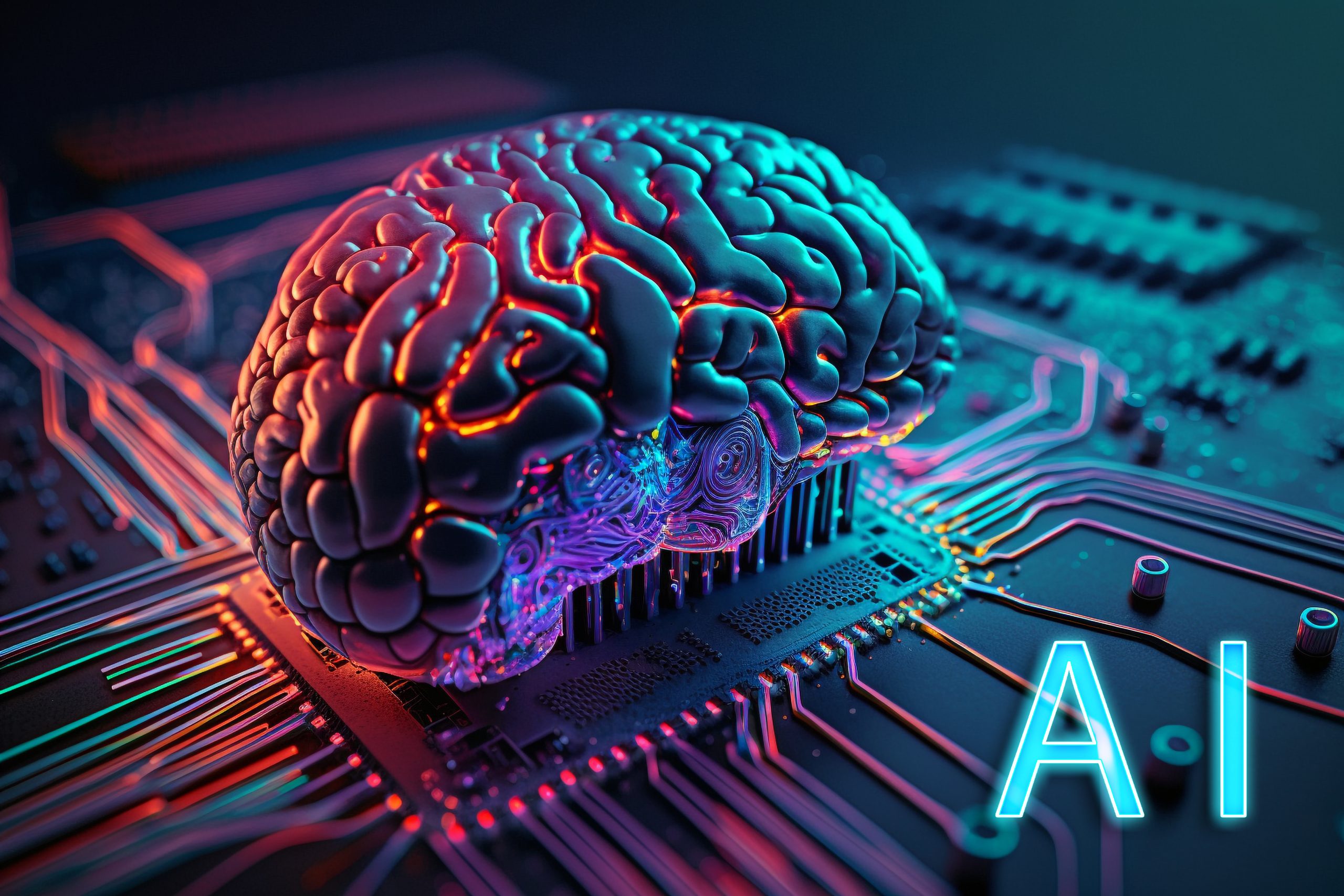The Future of Enterprise API Development
The future of enterprise API development is poised for significant transformation, driven by advances in technology, evolving business needs, and the increasing demand for seamless integration between systems. Here are a few key write-ups that explore potential trends and innovations in the field:
1. The Rise of GraphQL and API Flexibility
GraphQL, which allows clients to request exactly the data they need, is gaining traction over traditional REST APIs in many enterprise environments. Unlike REST, which often requires multiple round trips to fetch related resources, GraphQL provides a more efficient and flexible approach. Enterprises can improve performance and scalability by adopting GraphQL, especially when dealing with complex systems with interdependent data.
In the future, APIs will increasingly focus on flexibility, with technologies like GraphQL becoming a central part of enterprise architecture. As companies move toward microservices architectures and multi-cloud environments, APIs will need to be more dynamic, adaptable, and capable of handling more granular data queries across a variety of platforms.
2. The Move Toward API-First Architectures
API-first development is quickly becoming the norm in enterprise software design. This approach prioritizes API design from the outset, rather than as an afterthought. With the API-first model, businesses can ensure that their services are easily accessible, modular, and reusable.
By implementing API-first strategies, enterprises can accelerate digital transformation, enable third-party integrations, and allow developers to innovate quickly. Additionally, using tools like Swagger/OpenAPI for documentation and design validation ensures consistent API delivery, better collaboration across teams, and improved maintenance over time.
3. Security and Compliance in the API Ecosystem
As enterprises increasingly rely on APIs to integrate with third-party services, security becomes paramount. API security standards will evolve, with a focus on enhancing authentication, authorization, and encryption mechanisms. OAuth 2.0, OpenID Connect, and mutual TLS (mTLS) are expected to become more pervasive, ensuring that only authorized users and systems can access sensitive data.
APIs will also be designed with built-in features to ensure compliance with global regulations like GDPR, CCPA, and HIPAA. Automated compliance checks, along with tools for audit logging and API usage monitoring, will help businesses mitigate risks and demonstrate adherence to legal and regulatory standards.
4. API Versioning and Backward Compatibility
As APIs evolve, managing versioning and backward compatibility will become a critical challenge for enterprise developers. The future of API versioning will see a shift toward strategies that minimize disruption to existing consumers. Techniques such as semantic versioning, URL versioning, and even data-driven versioning may be employed to ensure smooth upgrades without breaking integrations.
Adopting proper versioning practices and providing clear deprecation notices will enable enterprises to evolve their APIs while maintaining support for older clients. Additionally, API gateways and management platforms will be integral in handling versioning, routing traffic to the appropriate API versions, and providing analytics on API usage.
5. The Emergence of API Management Platforms
API management solutions are evolving to help enterprises better manage their API ecosystems. These platforms provide comprehensive capabilities like API analytics, monitoring, rate limiting, and traffic control. They help ensure that APIs are secure, performant, and aligned with organizational goals.
In the future, API management platforms will integrate more deeply with machine learning and artificial intelligence. Predictive analytics will enable proactive management of API performance, while AI-powered tools will assist in anomaly detection, identifying potential security threats, and automating routine tasks like documentation generation.
6. Serverless and Event-Driven APIs
The growth of serverless computing is reshaping the way APIs are developed and deployed. In serverless architectures, enterprises no longer need to manage infrastructure, as cloud providers take care of resource allocation. This allows for highly scalable, cost-efficient APIs that are designed to handle bursts of traffic.
Event-driven APIs, particularly those built using the “event sourcing” pattern, will gain popularity. Event-driven architecture enables asynchronous communication between services, allowing for decoupled, responsive systems. This approach is ideal for microservices environments where real-time data updates and responsiveness are critical.
7. AI and Automation in API Development
In the future, AI and automation will play a major role in streamlining the API development lifecycle. From generating code to testing and monitoring API performance, AI tools will automate many tasks, freeing up developers to focus on higher-level challenges. Tools like OpenAI’s Codex can help developers write API code faster by auto-generating function definitions, and AI-powered testing tools can automatically identify vulnerabilities and performance bottlenecks in APIs.
Additionally, APIs themselves will become more intelligent, using machine learning models to predict user behavior, personalize content, and provide more responsive services.
8. API Interoperability in a Multi-Cloud World
As enterprises move toward multi-cloud environments, API interoperability will become even more important. APIs need to work seamlessly across different cloud platforms (e.g., AWS, Google Cloud, Azure) and on-premise systems. Standards like OpenAPI, gRPC, and RESTful APIs will continue to serve as the backbone for integration, but future APIs will increasingly incorporate features that enable smoother communication between diverse cloud ecosystems.
By adopting standardized protocols and fostering open-source collaboration, businesses can create more flexible, interoperable APIs that can seamlessly operate in hybrid and multi-cloud environments.
9. Low-Code and No-Code API Development
The rise of low-code/no-code platforms is democratizing API development by allowing non-developers to build and deploy APIs with minimal coding experience. In the future, these platforms will play an even larger role in enterprise environments, enabling business users to create simple APIs that integrate with core systems without relying on specialized development teams.
These platforms will be integrated into larger enterprise systems, allowing organizations to rapidly build and deploy custom APIs without sacrificing control or scalability. As the no-code movement gains momentum, businesses can expect faster innovation cycles and a more agile approach to integrating new technologies.
10. Quantum Computing and APIs
While still in its infancy, quantum computing will eventually influence the future of enterprise API development. As quantum computers become more accessible, APIs will need to be designed to handle quantum algorithms, potentially enabling new capabilities for industries like finance, logistics, and pharmaceuticals. The integration of quantum APIs into existing enterprise infrastructures will open up new frontiers for data processing and problem-solving.
Conclusion
The future of enterprise API development is exciting, with innovations that will drive faster, more efficient, and secure integrations. The evolution of technologies like GraphQL, serverless architectures, AI, and event-driven APIs will enable businesses to be more agile and responsive to market demands. As API management, security, and compliance become more sophisticated, enterprises will be able to scale their operations without sacrificing control or flexibility. Whether through AI-enhanced automation, multi-cloud interoperability, or the rise of low-code platforms, the future of APIs will empower businesses to innovate faster and unlock new possibilities in their digital transformations.


